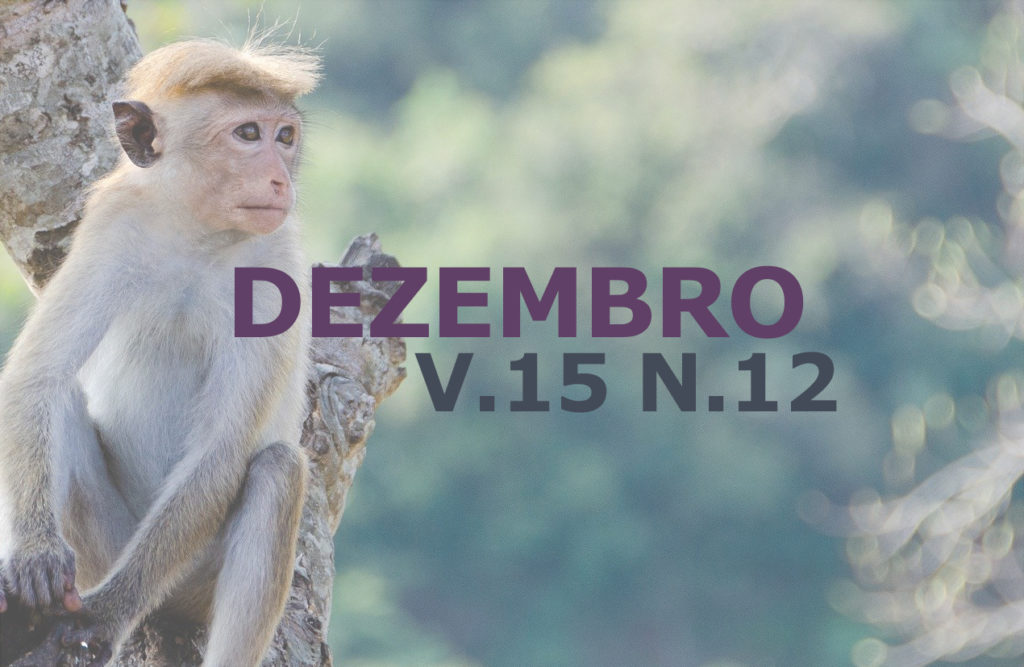Felines Profiles positive for IVF and/or FeLV in a veterinary hospital in the central region of the Rio Grande do Sul
DOI:
https://doi.org/10.31533/pubvet.v15n12a985.1-15Keywords:
Clinical profile, feline immunodeficiency virus, feline leukemia virus, systems, clinical signsAbstract
This study aimed to classify the clinical profile of cats affected by feline immunodeficiency virus (FIV) and/or by feline leukemia virus (FeLV) at the Veterinary University Hospital of Universidade Federal de Santa Maria (HVU-UFSM) and to emphasize the importance of FIV and FeLV tests for the clinic and the prognoses of patients. The clinical histories, determined by the patients’ medical records, of the animals seen at the hospital from January 2017 to May 2019 were reviewed. During this period, 325 animals were tested for the presence of FIV and FeLV. Positive patients were classified according to breed, gender, age, and vaccination status, then further separated according to the clinical signs the presence of concomitant diseases, and bodily systems involved: digestive, neuromuscular, multisystemic, hematopoietic, respiratory, lymphatic, ophthalmic, urinary and cutaneous. This study explored the association between the categories listed above and the affected systems and clinic signs presented. The prevalence of disease was 4,3% (14/325) for FIV only, 16,0% (52/325) for FeLV and 4,9% (16/325) both. Both viruses showed higher prevalence in mixed breed and males, although FeLV did not present a marked difference between gender. FIV affected adult animals (1-9 years old) more, while FeLV affected younger adults (1-4 years old). Overall both viruses affected animals ages 1-9 years old the most. The study concluded that all clinical profiles were led by the digestive system, with prevalent signs of anorexia, diarrhea, polydipsia and apathy for FIV, vomit and apathy for FeLV and FIV positive animals.
Downloads
Published
Issue
Section
License
Copyright (c) 2021 Carollina Mariga, Gabrielle Rebeca Everling Correa, Cinthia Melazzo De Andrade, Alexandre Krause, Saulo Tadeu Lemos Pinto Filho

This work is licensed under a Creative Commons Attribution 4.0 International License.
Você tem o direito de:
Compartilhar — copiar e redistribuir o material em qualquer suporte ou formato
Adaptar — remixar, transformar, e criar a partir do material para qualquer fim, mesmo que comercial.
O licenciante não pode revogar estes direitos desde que você respeite os termos da licença. De acordo com os termos seguintes:
Atribuição
— Você deve dar o crédito apropriado, prover um link para a licença e indicar se mudanças foram feitas. Você deve fazê-lo em qualquer circunstância razoável, mas de nenhuma maneira que sugira que o licenciante apoia você ou o seu uso. Sem restrições adicionais
— Você não pode aplicar termos jurídicos ou medidas de caráter tecnológico que restrinjam legalmente outros de fazerem algo que a licença permita.





